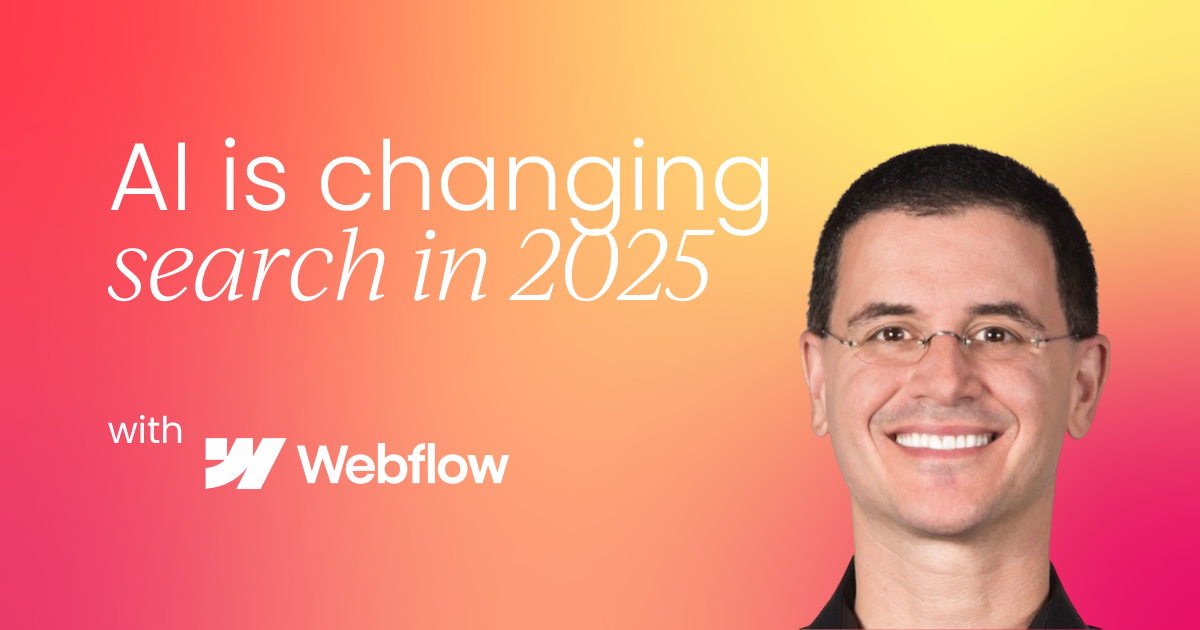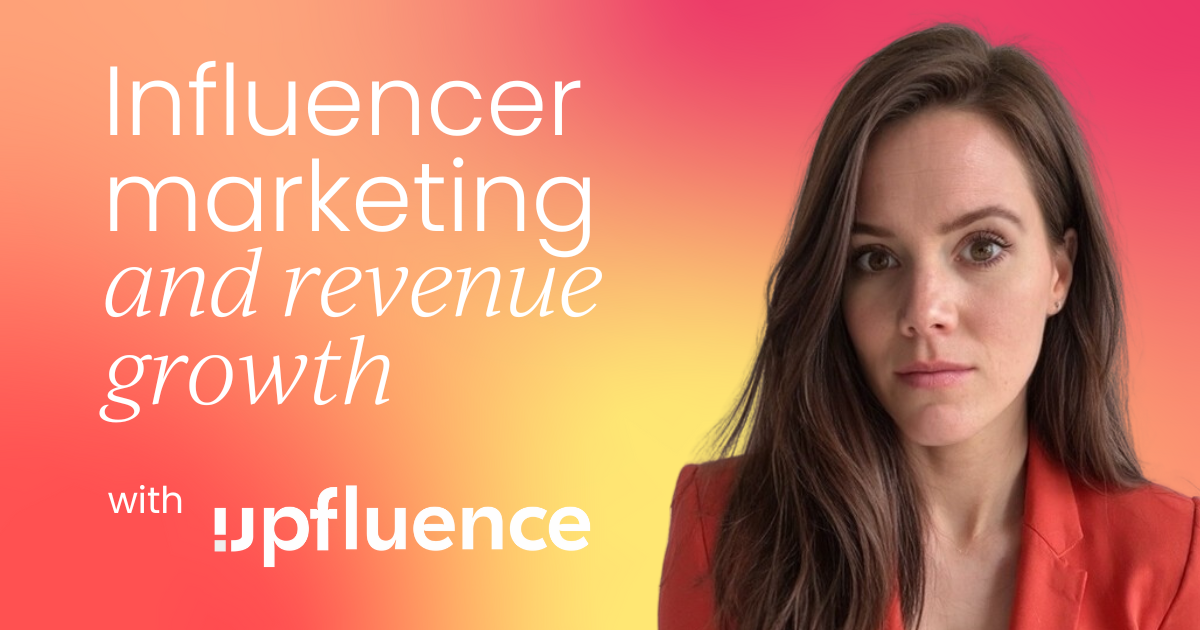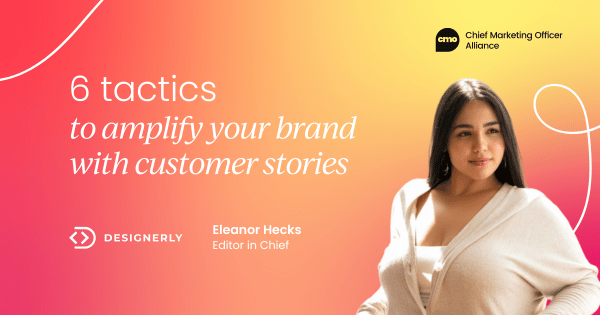When account-based marketing (ABM) emerged in the early 2000s, marketers everywhere fell in love with the method that promised deeper connections, greater ROI, and increased customer value. But over the years, it’s become clear that the individualized nature that makes ABM so powerful can also make it hard to scale. While many folks hypothesize about the best ways to boost scalability, we have a proven answer. Read on to find out how to get the most from ABM, while simultaneously multiplying your program’s reach and outcomes.

Beyond “We need data”
We like to think of guiding customers through three steps that comprise the customer experience: identify, attract and engage. When it comes to ABM, organizations invest heavily in the identification step in order to find their best-fit target accounts. This is done by compiling and analyzing data from their CRM (e.g. Salesforce), marketing automation (e.g. Marketo), intent data (e.g. 6Sense), ABM platforms (e.g. Demandbase), and so forth.
While this step is absolutely crucial in any successful ABM program, most marketers have already prioritized it. They have the data, so they’ve moved beyond the need to “get the data.” What comes next is figuring out what to do with it.
Personalization to the Endpoint
This is where the “attract” part of the framework comes in. Many of the providers listed above have gone beyond simply enabling users to capture data, to also enabling them to take action with it. For example, Demandbase allows customers to put more spend behind ads that are tied to their most engaged accounts. Marketers can further use data to personalize emails, direct mail, and other types of marketing in a very one-to-one manner, thanks to the connection between the data and a given channel.
This is all well and good (and even great), but problems arise when you then ignore what you’re asking your audience or buyer to do after they view your ad or message. The final part of any piece of content or advertising is a call-to-action (CTA), right? But if you’re asking someone to “click here,” what happens next? Typically, that person is taken to a company homepage or generic landing page that loses any sense of personalization achieved up to that point.
So this step - “engage” - is where marketers tend to get frustrated by the lack of scalability. You want to deliver the same degree of personalization you did earlier in the framework, but often feel powerless over that actual endpoint experience. Is it possible to nail this in a personalized, scalable way?

Curation powers scalability
The answer is yes. It can be overwhelming to a marketer to feel like they need to create unique content experiences for each individual buyer, but here’s the kicker: they don’t have to. Think about it in terms of music on Spotify. When someone makes a playlist and Spotify recommends it to you, you know that none of that music was actually composed for you. It’s just been curated for you, which is why it feels personalized and resonates.
You can do the same with your content. There’s no need to create new content for each buyer; instead, centralize, organize and index the content you have. Then, through careful tagging, you can surface the right content that aligns to a specific buyer with specific needs at a specific stage of the buyer journey. This intelligent curation will feel immensely personalized. And the best part is? It’s made to scale.
A majority of organizations have become proficient at identifying and attracting buyers with data and a variety of systems. But many still get hung up with engaging them, especially at scale. Shift your focus to your content, and to making it truly organized and accessible, in order to master this third prong of the framework. Once you do, your buyers won’t feel like they were shepherded thoughtfully along for most of the journey and then abandoned or lumped in with everyone else. They’ll feel like you care about them and understand them - which you do. Now you can show it.
How have you been tackling ABM? Got any questions or problems we could help with? Share them on the CMO Alliance Community!
Want to be a contributor to CMO Alliance? Get in touch at contribute@cmoalliance.io







.png)









 Follow us on LinkedIn
Follow us on LinkedIn





